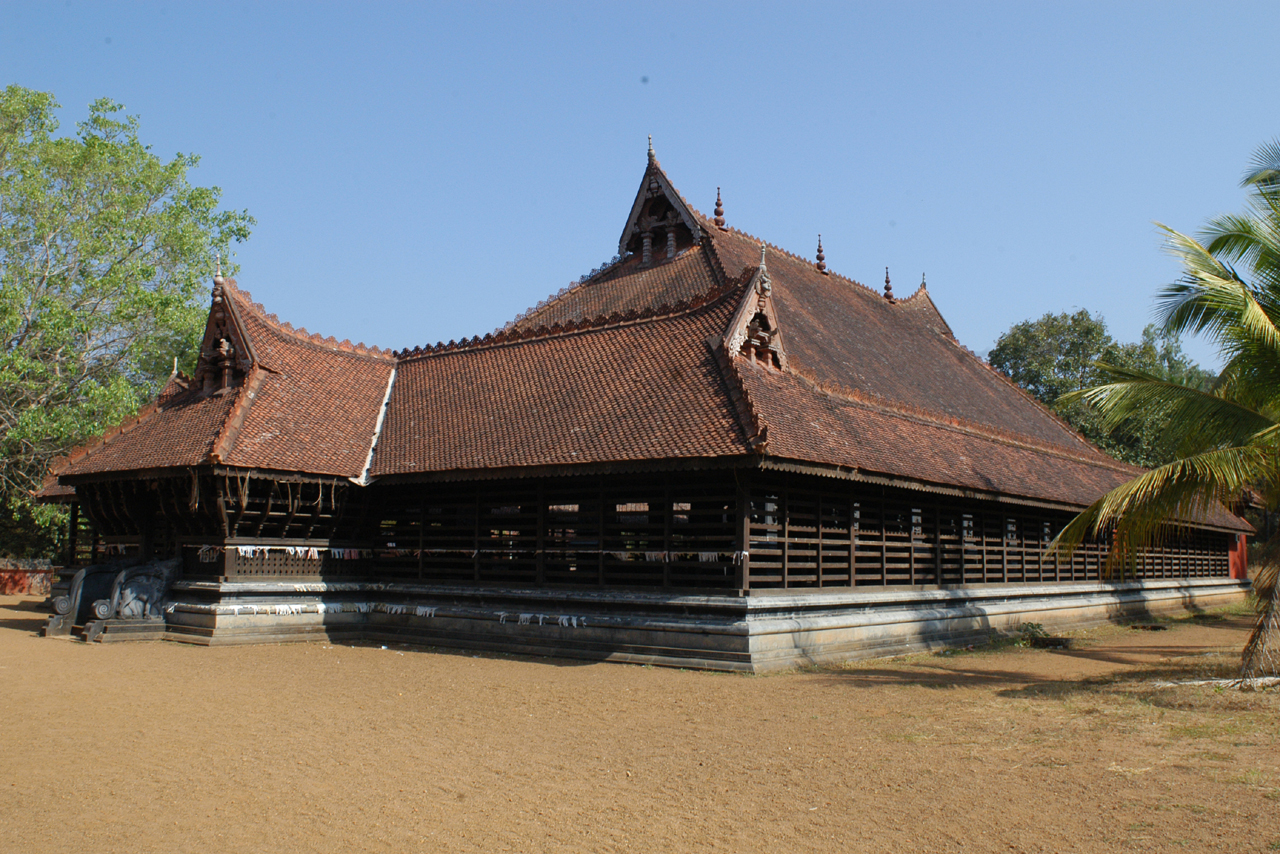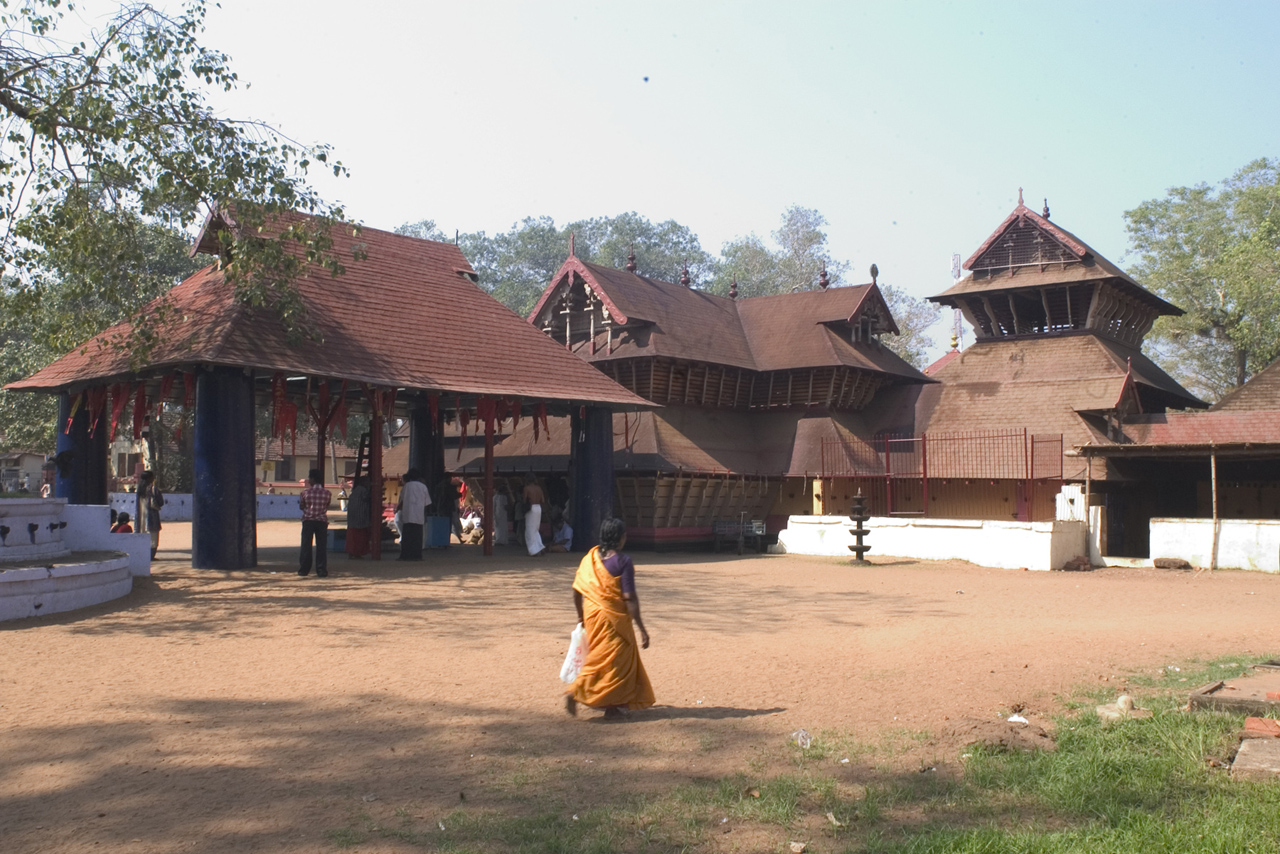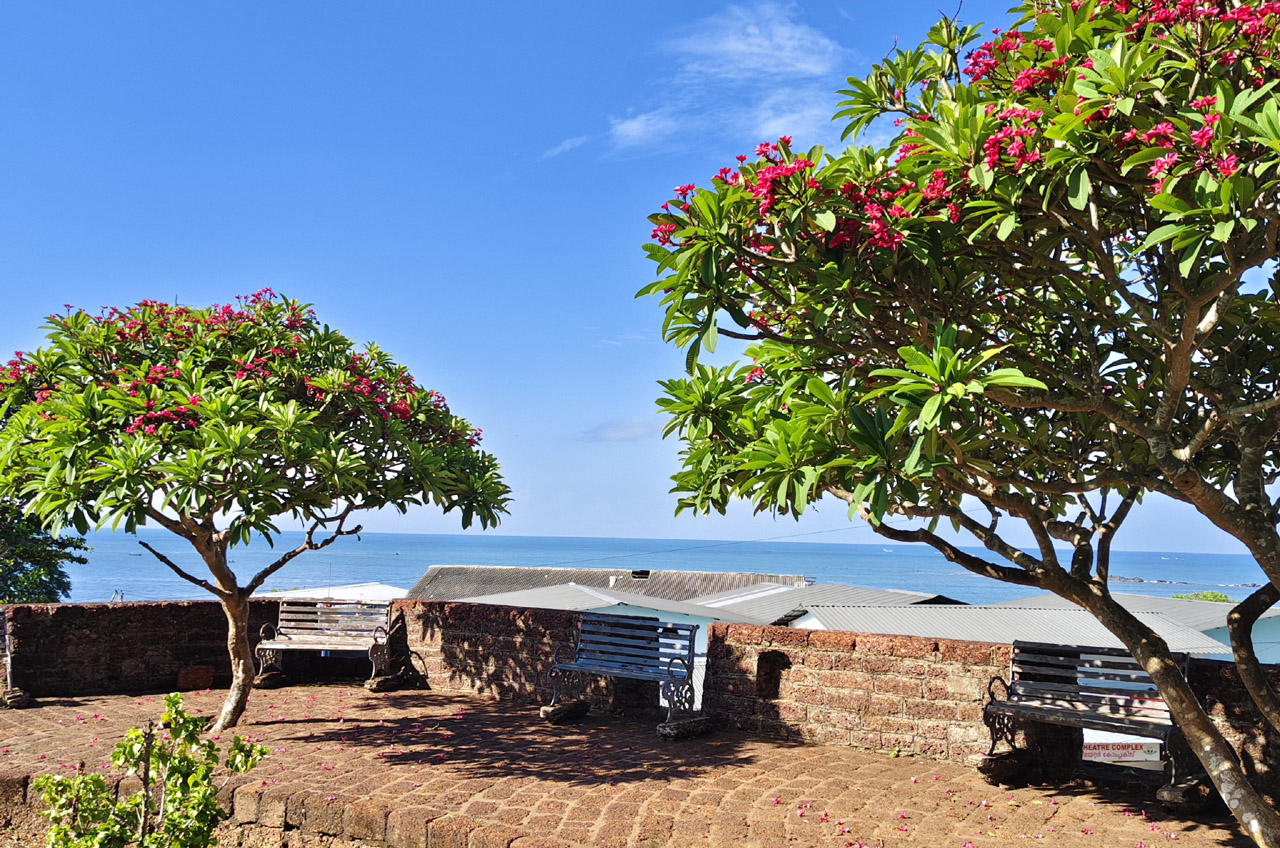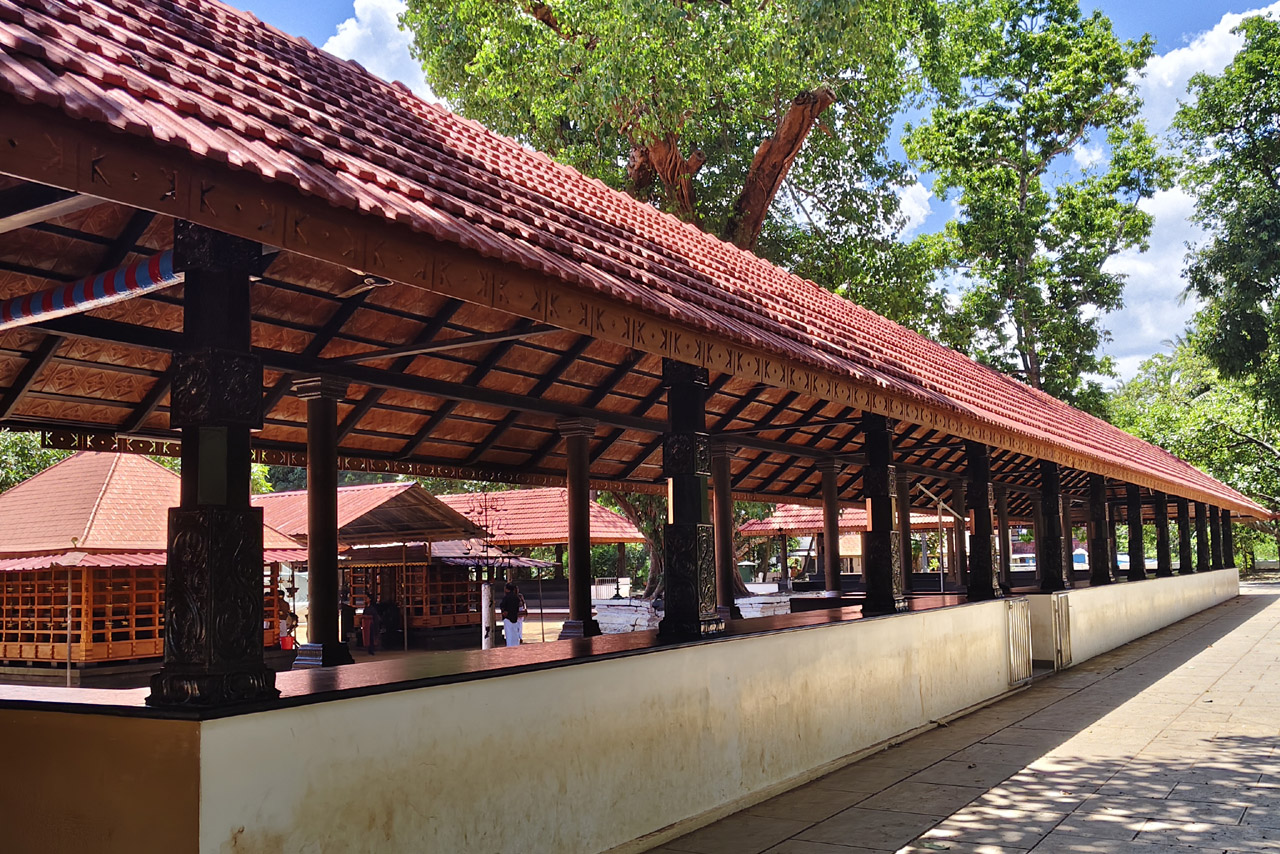Kerala’s Heritage and Culture: Where Time Breathes Through Stone, Ritual, and Story
Kerala is not just a state — it is a living museum of ancient civilizations, sacred traditions, and timeless artistry. From the majestic corridors of the Padmanabhapuram Palace, where Travancore kings once governed with grace and intellect, to the spiritual sanctum of the Sree Padmanabhaswamy Temple in Thiruvananthapuram — considered one of the richest and most mysterious temples in the world — Kerala's legacy stands etched in stone, bronze, and devotion.
The state’s architectural splendor reflects a deep connection to nature and spiritual thought. Traditional Kerala architecture, with its sloped tile roofs, laterite stone, and wooden carvings, evolved not just for aesthetic value but as a response to the tropical climate and Vastu Shastra principles. Places like the Mattancherry Palace, the mural-rich Kottakkal temples, and the intricately designed Mannarasala serpent shrine embody both artistic mastery and sacred geometry.
Yet, Kerala’s heritage is not bound by buildings alone. It pulses in the vibrant face paint of a Kathakali dancer, in the spine-chilling roar of a Theyyam performer, and in the sacred chants of Vedic rituals still practiced in agraharams and temples. Oral traditions, tribal folklore, and agrarian festivals like Onam and Vishu continue to unite generations with a shared cultural rhythm.
This page opens a window into that world — exploring royal histories, temple traditions, martial legacies like Kalaripayattu, traditional crafts, and the soulful art forms that define Kerala’s enduring identity. Whether you're a curious traveler, a heritage lover, or a researcher seeking authenticity, here you will find the pulse of a culture where the past is not forgotten — it is still lived.





